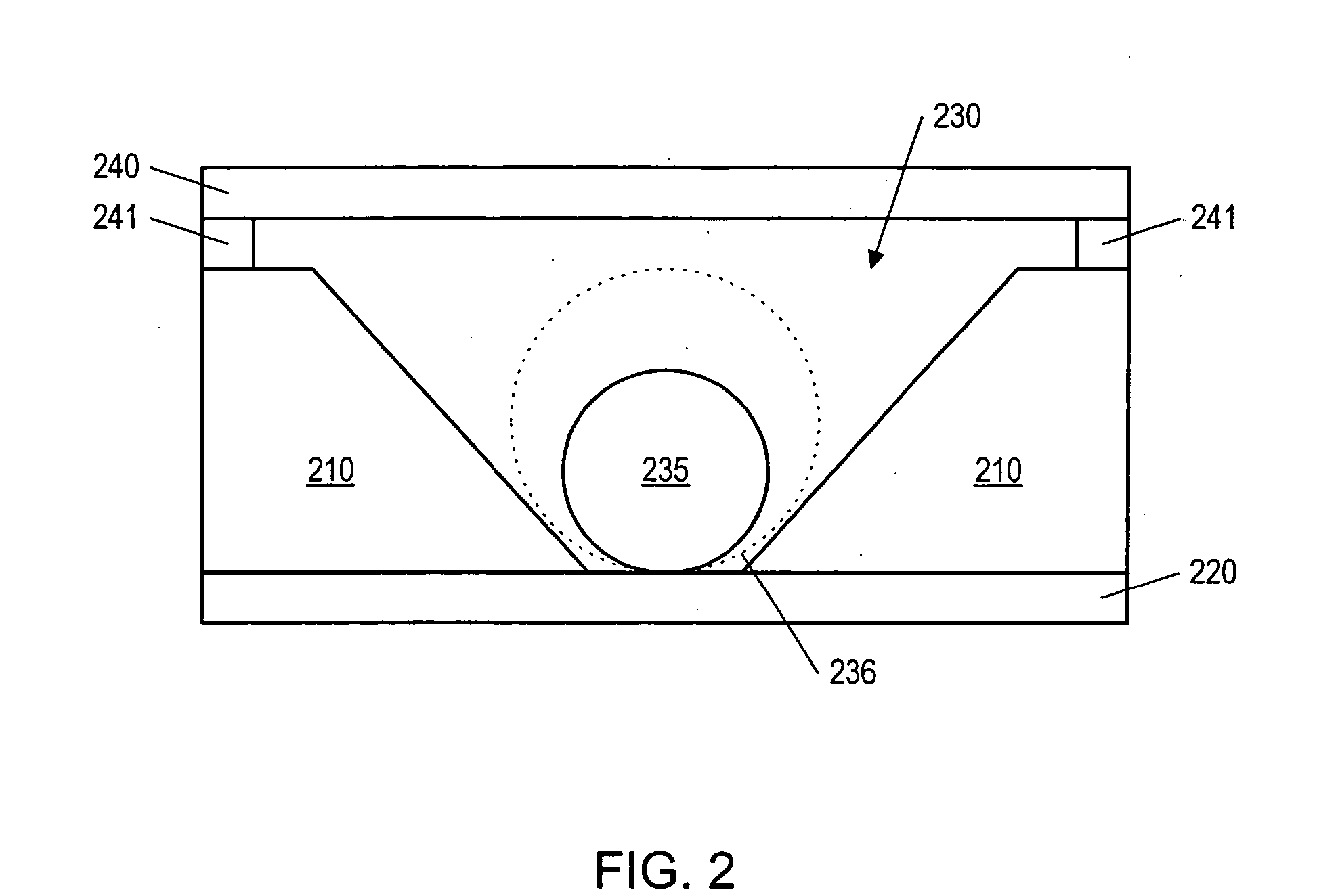Fluid based analysis of multiple analytes by a sensor array
a sensor array and fluid-based technology, applied in the field of fluid-based analysis of multiple analytes, can solve the problems of small changes in the electrical resistance of these layers, preventing the creation of large saw arrays with multiple sensor sites, and reducing the detection efficiency of fluid-based analysis
- Summary
- Abstract
- Description
- Claims
- Application Information
AI Technical Summary
Benefits of technology
Problems solved by technology
Method used
Image
Examples
examples
1. The Determination of pH Using a Chemically Sensitive Particle.
[0105] Shown in FIG. 15 is the magnitude of the optical signal transmitted through a single polymer particle derivatized with o-cresolphthalein. Here, a filter is used to focus the analysis on those wavelengths which the dye absorbs most strongly (i.e., about 550 nm). Data is provided for the particle as the pH is cycled between acid and basic environments. In acidic media (i.e., at times of 100-150 seconds and 180-210 seconds), the particle is clear and the system yields large signals (up to greater than 300,000 counts) at the optical detector. Between times of 0-100 and 150-180 seconds, the solution was made basic. Upon raising the pH (i.e., making the solution more basic), the particle turns purple in color and the transmitted green light is greatly diminished. Large signal reductions are recorded under such circumstances. The evolution of the signal changes show that the response time is quite rapid, on the order...
PUM
| Property | Measurement | Unit |
|---|---|---|
| diameter | aaaaa | aaaaa |
| angle | aaaaa | aaaaa |
| diameter | aaaaa | aaaaa |
Abstract
Description
Claims
Application Information
 Login to View More
Login to View More - R&D
- Intellectual Property
- Life Sciences
- Materials
- Tech Scout
- Unparalleled Data Quality
- Higher Quality Content
- 60% Fewer Hallucinations
Browse by: Latest US Patents, China's latest patents, Technical Efficacy Thesaurus, Application Domain, Technology Topic, Popular Technical Reports.
© 2025 PatSnap. All rights reserved.Legal|Privacy policy|Modern Slavery Act Transparency Statement|Sitemap|About US| Contact US: help@patsnap.com



